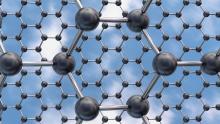'Nano-vehicle' to deliver life-saving drugs

Many modern drugs are less effective than they could be because they are blocked by the body's own defences. EU-funded researchers have devised ways to bypass these barriers to get drugs to where they are needed.









